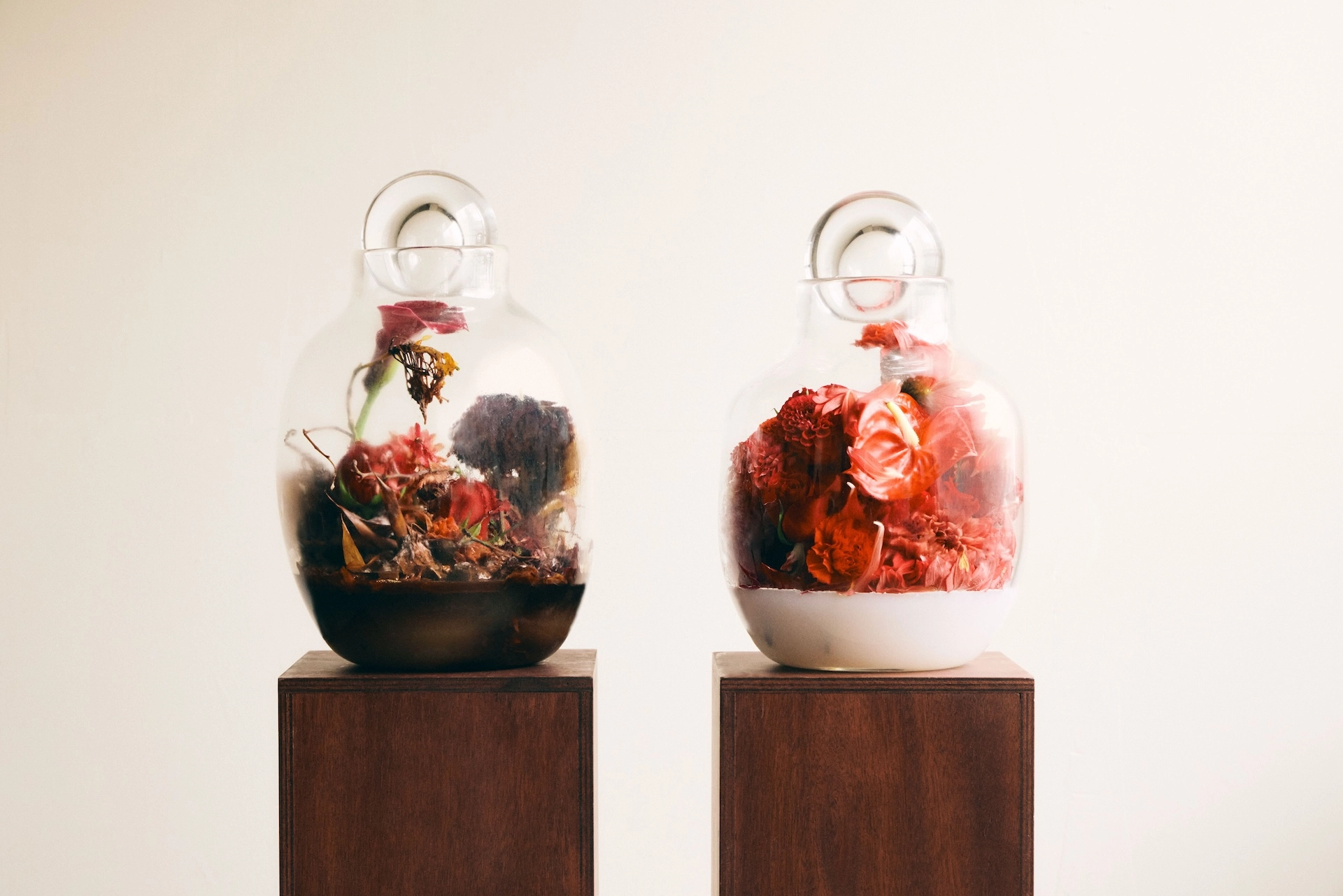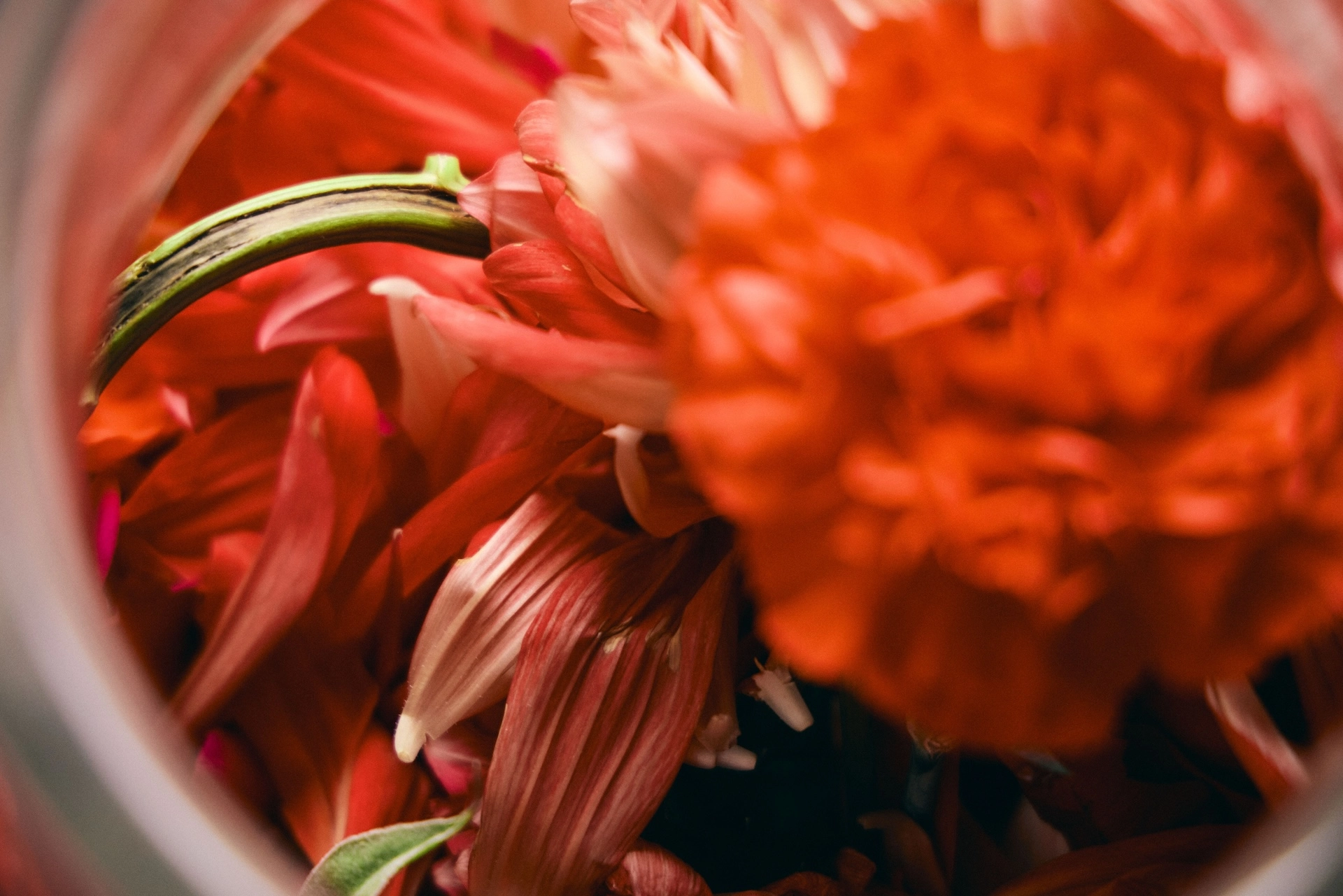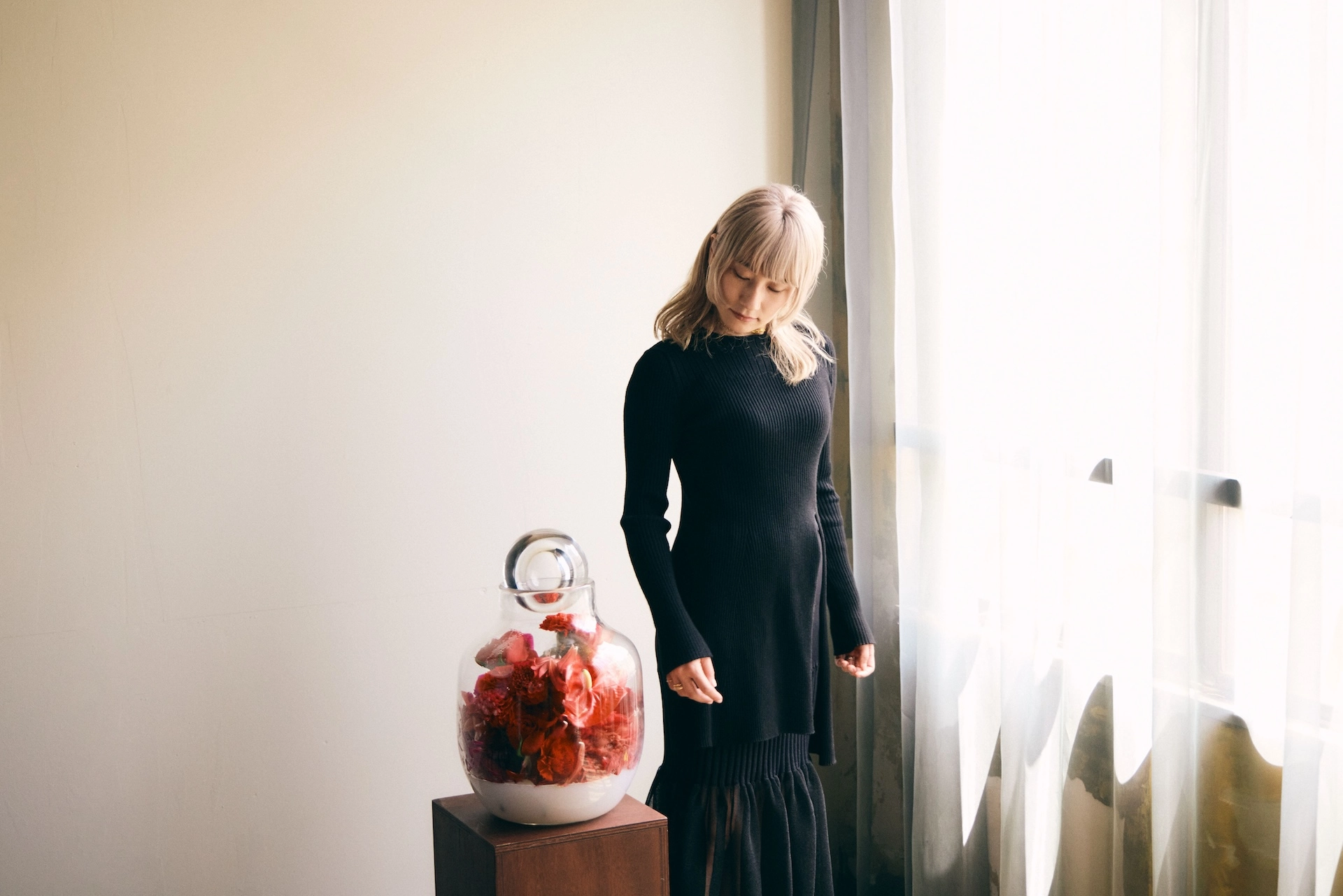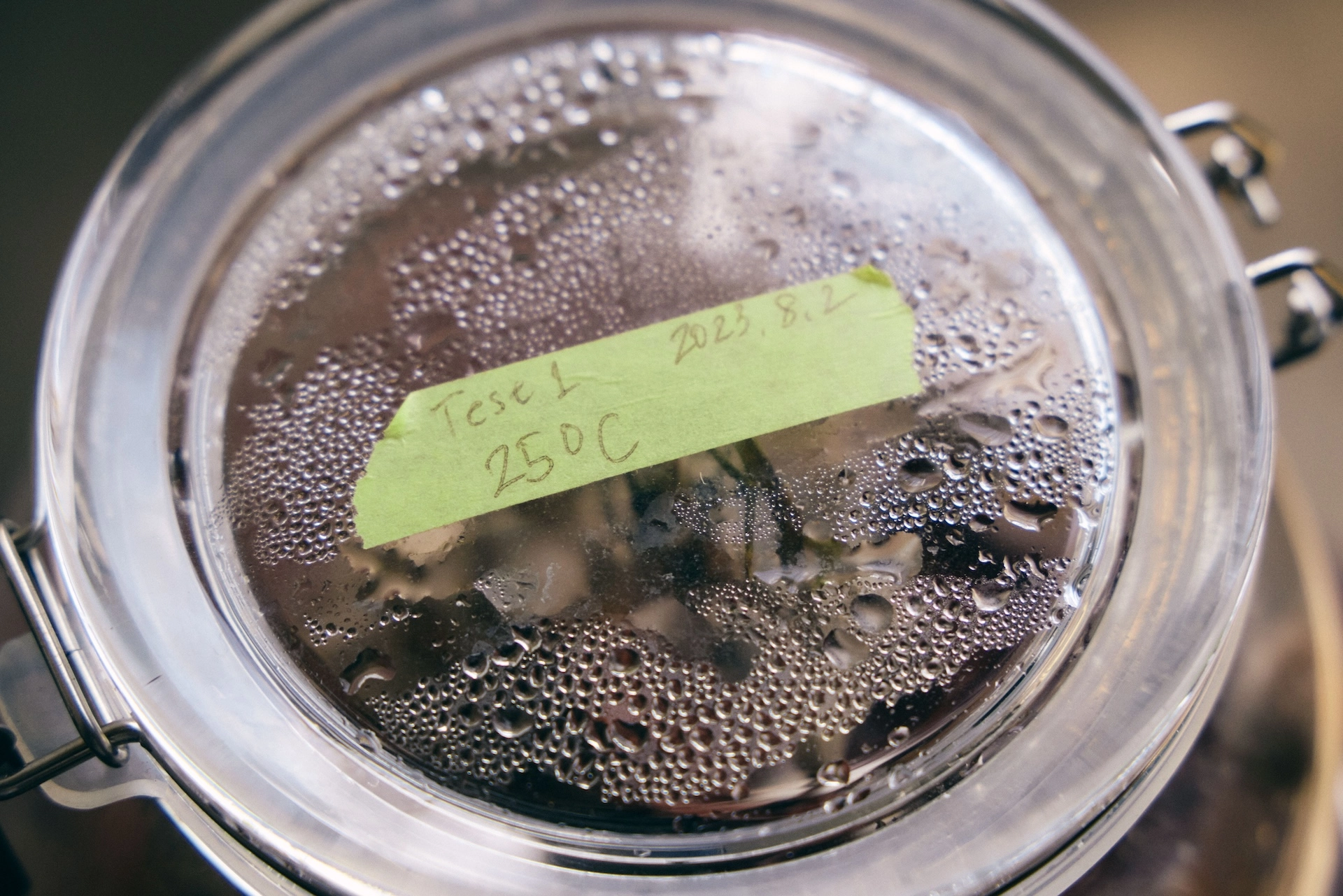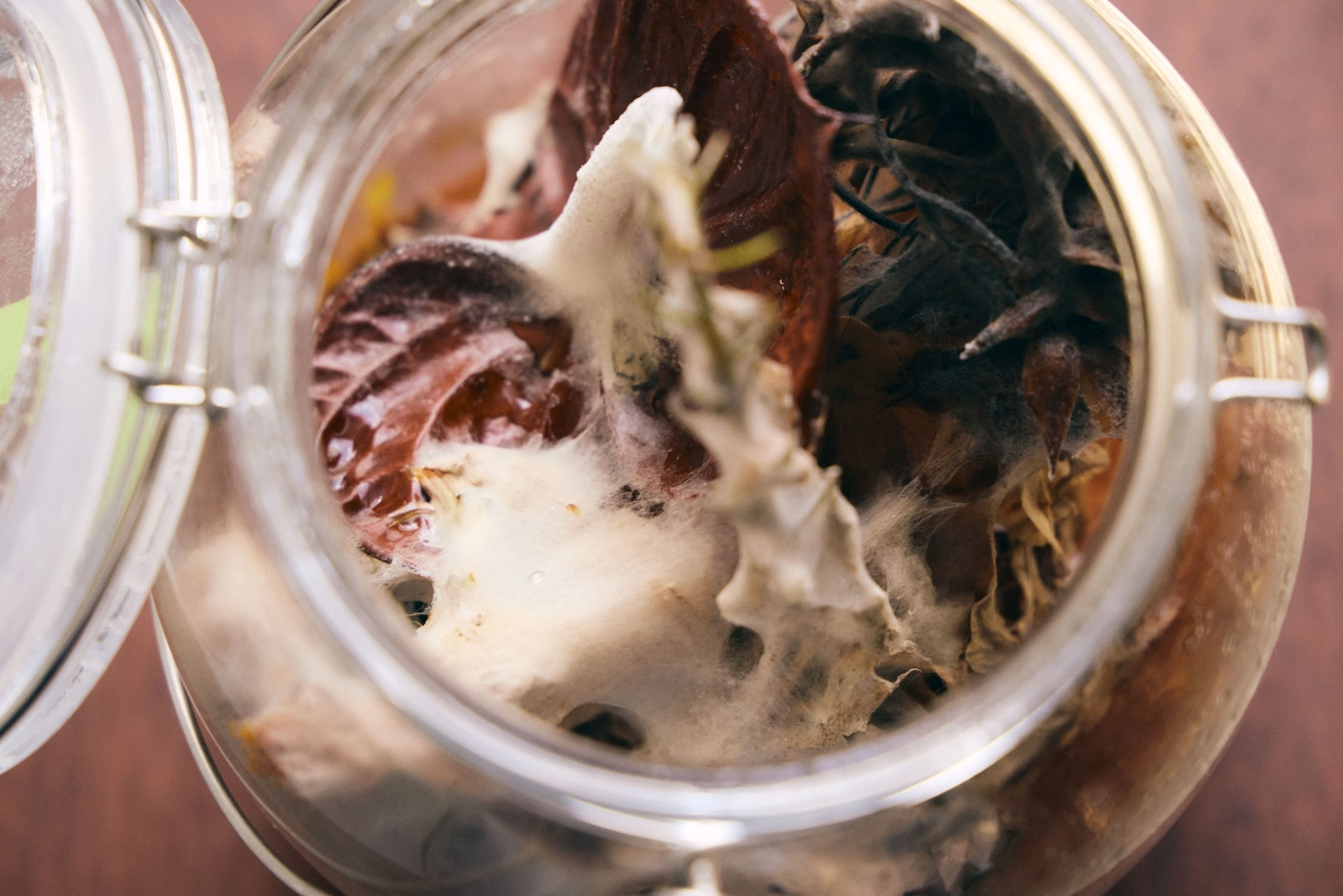JUNKAN Museum
“JUNKAN”: A Creator’s Vision.
Exploring “JUNKAN” through Varied Perspectives, Ideas, and Expressions.
Artist/Plant Director/Doctor (Agriculture)
Mikiko Kamada
2/11
The Beauty of Decomposition and Circulation Inside a Small Jar
My work revolves around increasing the presence of non-human organisms and plants in urban environments. I constantly transition between research and artistic creation.
I belong to a laboratory at the Chiba University Graduate School of Horticulture. Although different from my laboratory research, I chose to “visualize the existence of invisible microorganisms” as the theme for my solo exhibition during the pandemic. This led to the creation of “flower compost.”
Flower compost represents the decomposition process of flowers confined within jars, orchestrated by molds and other microorganisms.
It transcends a mere exhibition, striving to engage viewers as active participants. At times, visitors are invited to contribute their own flowers, fostering a continuous observation of the ongoing process. Additionally, I showcase the artwork at a flower shop, transforming it into a demonstration experiment. Through this interactive approach, participants not only witness the artwork but also immerse themselves in the experience, fostering an understanding of circulation within their own consciousness.
Nature is not only beautiful but also somewhat intimidating and messy. Its diversity can be unsettling for some. For this reason, I intentionally avoid overly arranging or controlling the contents of my jars. Instead, I embrace the organic beauty and mystery within the confined space, hoping to highlight nature’s multifaceted charm.
Many people understand that microorganisms, invisible to the naked eye, play crucial roles on Earth. Without these microorganisms, the planet would quickly become uninhabitable due to the accumulation of plant debris and other organic matter. For instance, while forests and mountains are blanketed with fallen leaves annually, these leaves do not overwhelm the landscape. Leaves that fall in autumn are buried under winter snow, and as the weather warms and rains in spring, microorganisms decompose them into soil. This soil then nourishes new plant life, exemplifying a natural cycle. In contrast, urban parks lack this cycle, resulting in compacted soil. My goal is to increase the presence of living soil in cities, allowing microorganisms to thrive and enabling everyone to engage with plants as naturally as breathing.
This cycle involves all life forms, connecting us all from the micro to the macro level. It is a collective effort of all life on Earth. Given the diverse audience at the Expo 2025 Osaka, Kansai, I hope the theme of “JUNKAN,” or cycles, in the Japan Pavilion resonates with many visitors.
Animation director Shoji Kawamori invited me to contribute to his signature pavilion, “Inochi Meguru Boken (LIVE EARTH JOURNEY),” as an artist. Collaborating as a team, I am exploring new artistic expressions, such as creating time-lapse videos of decomposition, which I could not achieve alone.
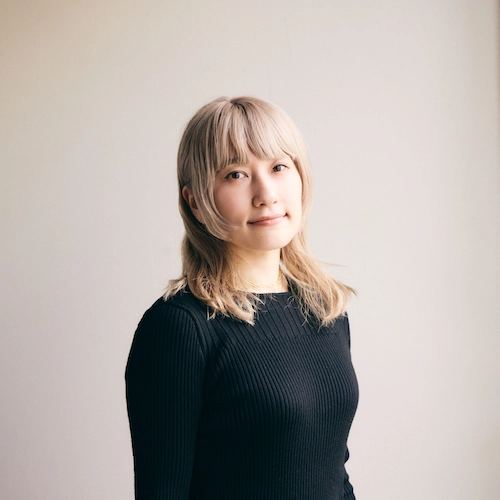
Mikiko Kamada
Representative of Rokkakukei LLC.
Mikiko holds a Ph.D. from the Graduate School of Horticulture at Chiba University. With a background in life sciences, she has focused her career on greening spaces as a plant director. She launched Tanicushion®, an innovative cushion that captures the charm of succulent plants for indoor greening. Her research aims to underscore the importance of greening spaces and striving to redefine the relationship between plants and people. Concurrently, Mikiko engages in expressive activities that serve as part of her research process, creating installations and artworks inspired by the existence of plants and microorganisms.
Official Website: https://www.mikikokamada.com/
Let’s Share!
Do you want to be a part of “JUNKAN” ?
Share your Monthly JP pavilion,
and circulate your thoughts.
Related Artist
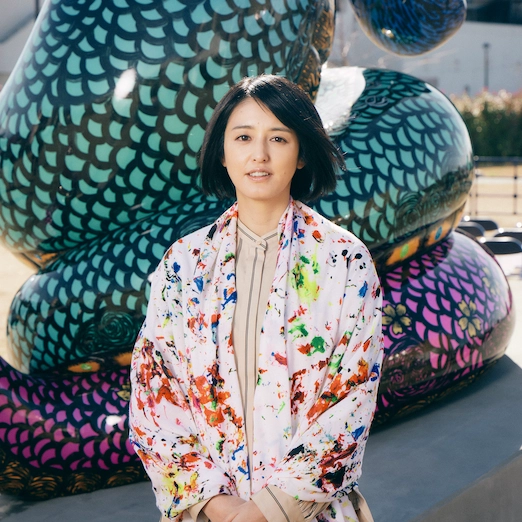
1/11
Artist
Miwa Komatsu
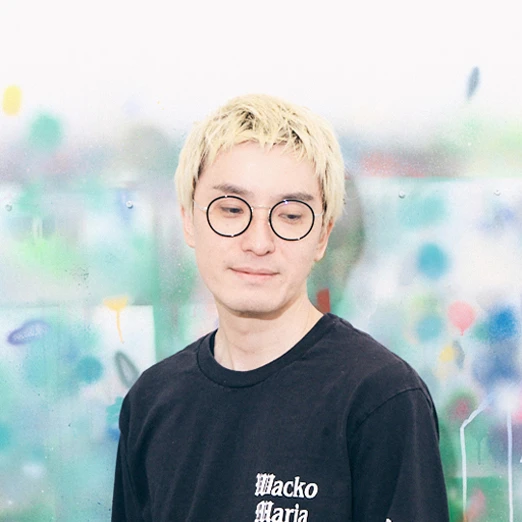
3/11
Artist
Hiroki Niimi

4/11
Photographer
Shinichiro Shiraishi

5/11
Artist
Shoji Morinaga
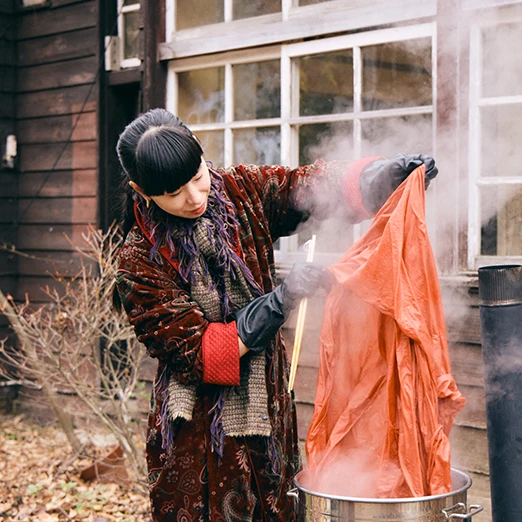
6/11
Plant Dyeing Artist
Misaki Ushiozu
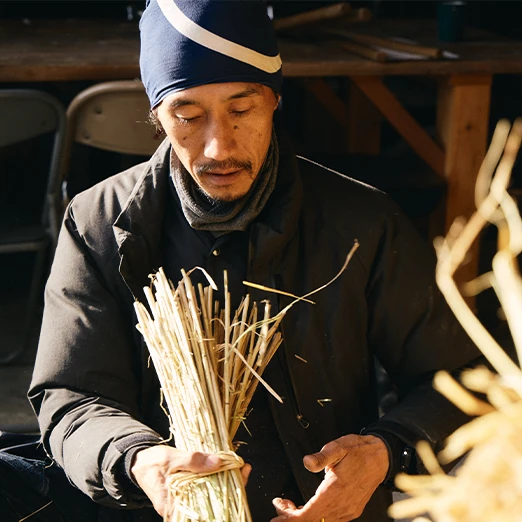
7/11
Thatch Craftsman
Ikuya Sagara
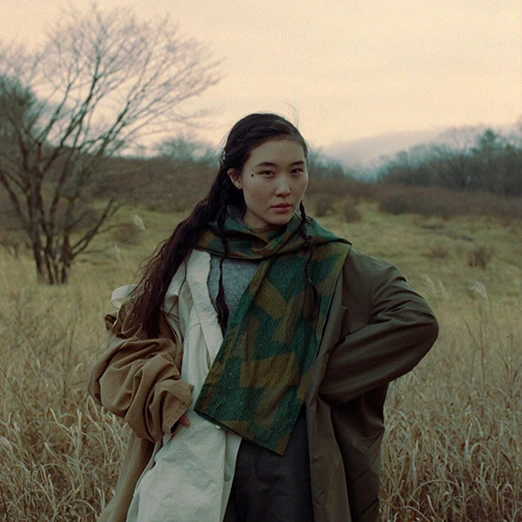
8/11
Artist
Moeko Yamazaki
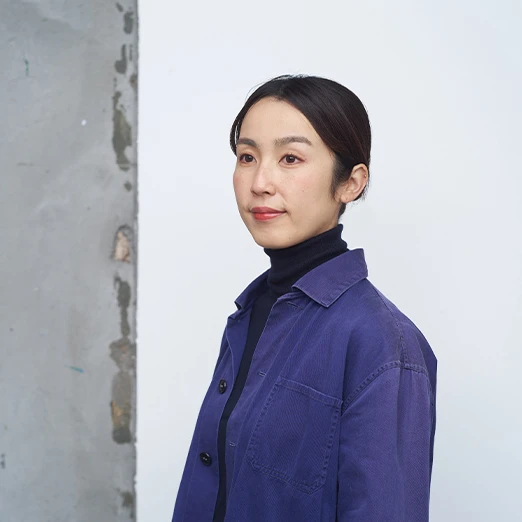
9/11
Designer / Artist
Sae Honda
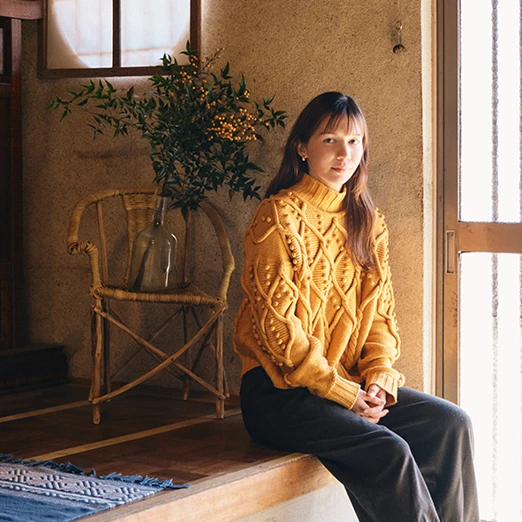
10/11
Contemporary Artist
Hanna Saito
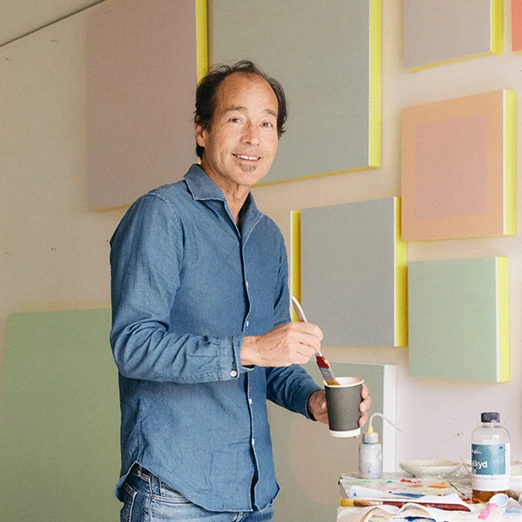
11/11
Abstract Painter
Shingo Francis
